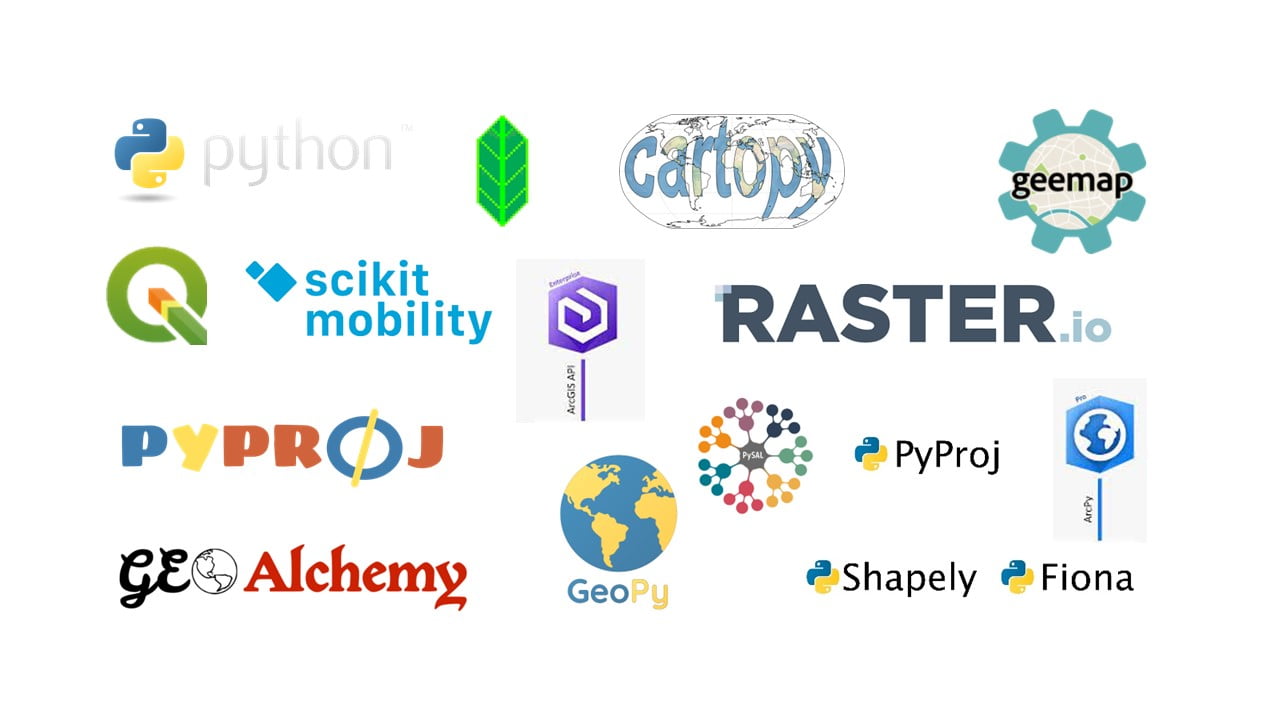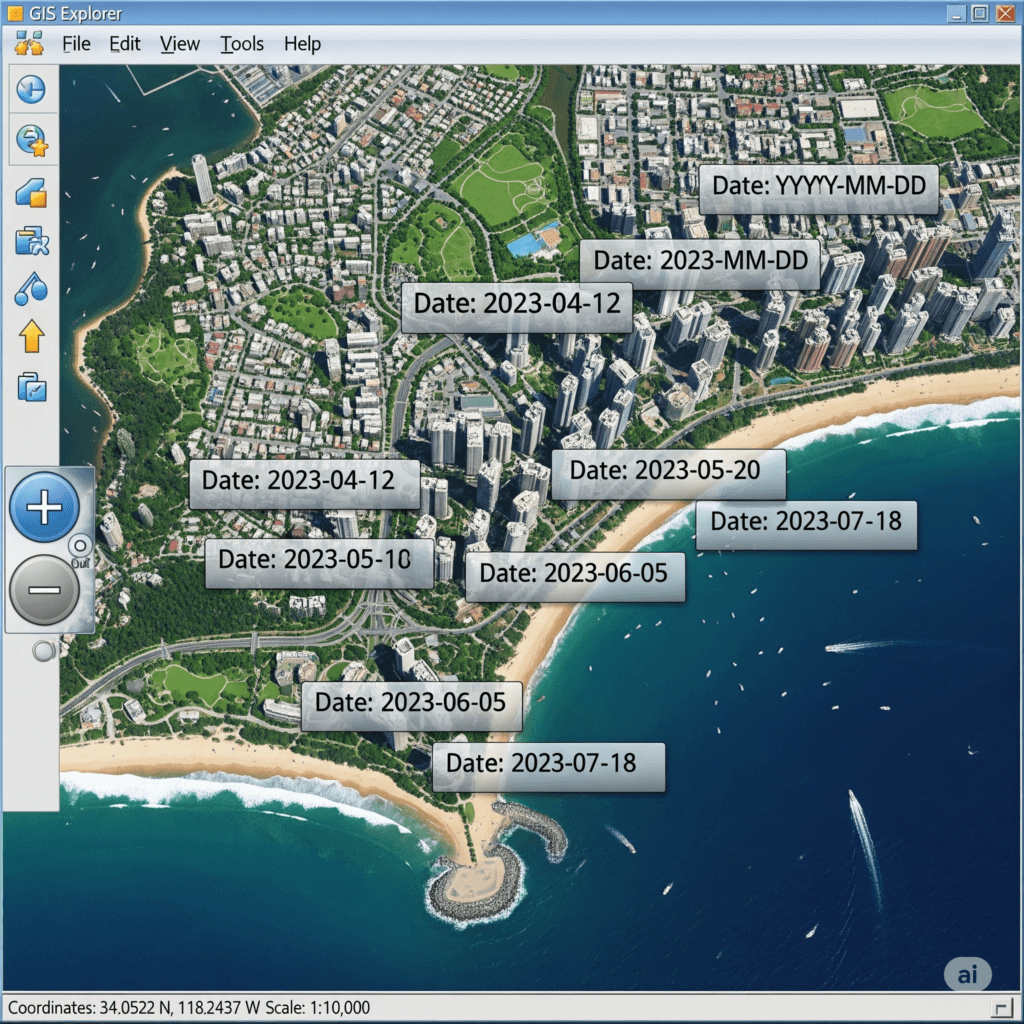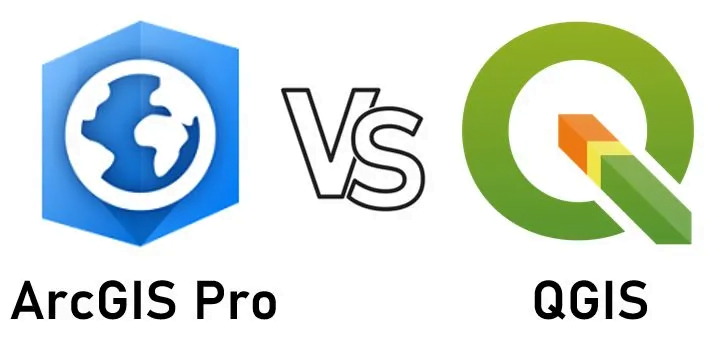Collection of top geospatial tools in Python
Geospatial data analysis has become increasingly important in today’s world with the advancement of location-based services, big data analytics, Internet of Things (IoT), and the need for advanced analytics. Python (https://www.python.org/) has emerged as one of the most popular programming languages for geospatial data analysis due to its ease of use, simplicity, and powerful libraries. These open source python libraries for geospatial data are the essential extension in GIS since it allows users to enhance its core functionality.
Geo-fact: There are >200 standard libraries in Python.
In this article, we will explore a collection of top geospatial tools in Python that can be used to deploy, manipulate, analyze, explore, and visualize geospatial data free of cost. These tools range from general-purpose libraries such as NumPy and Pandas to specialized geospatial libraries like GeoPandas, Shapely, and Fiona. By the end of the article, readers will get a special curated list and brief understanding of the top geospatial tools in Python programming language.
- GeoPandas:
GeoPandas is an open-source python library for working with geospatial data. It allows you to read, write, and manipulate geospatial data, and provides a range of tools for geospatial analysis and visualization. It is like pandas meet GIS!
Link: https://geopandas.org/en/stable/about.html
- ArcGIS API & ArcPy
If you’re someone who uses Esri ArcGIS, then you’ve likely come across the ArcPy library. This library is specifically designed for geoprocessing operations, but it’s not limited to spatial analysis alone. In fact, it’s also great for managing, converting, and producing maps with Esri ArcGIS.
Link: https://developers.arcgis.com/python/
- PySAL:
PySAL (Python Spatial Analysis Library) is a library for conducting spatial analysis using Python. It provides a range of tools for spatial data analysis, including spatial clustering, spatial regression, and spatial visualization.
Link: https://pysal.org/
- PyQGIS
PyQGIS is a Python library that provides a way to interact with the QGIS Geographic Information System (GIS) software. It allows developers to create plugins, automate tasks, and perform complex analyses using QGIS functionality from within a Python environment. With PyQGIS, you can manipulate spatial data, perform spatial analysis, and create maps and visualizations. It provides access to the full range of QGIS capabilities, including vector and raster data processing, geoprocessing tools, symbology, labeling, and layout design.
Link: https://docs.qgis.org/3.28/en/docs/pyqgis_developer_cookbook/index.html
- Cartopy
Cartopy is a Python library for creating maps and visualizing geospatial data. It provides a set of tools for projecting data onto various map projections, adding layers and labels, and customizing the appearance of maps.
Link: https://pypi.org/project/Cartopy/
- GDAL
GDAL is a translator library for raster and vector geospatial data formats that is released under an MIT style Open-Source license by the Open-Source Geospatial Foundation. As a library, it presents a single raster abstract data model and single vector abstract data model to the calling application for all supported formats. It also comes with a variety of useful command line utilities for data translation and processing.
Link: https://gdal.org/api/python_bindings.html
- OSMnx
OSMnx is a Python package that lets you download geospatial data from OpenStreetMap and model, project, visualize, and analyze real-world street networks and any other geospatial geometries. You can download and model walkable, drivable, or bikeable urban networks with a single line of Python code then easily analyze and visualize them. You can just as easily download and work with other infrastructure types, amenities/points of interest, building footprints, elevation data, street bearings/orientations, and speed/travel time.
Link: https://osmnx.readthedocs.io/en/stable/
- Folium
Folium builds on the data wrangling strengths of the Python ecosystem and the mapping strengths of the leaflet.js library. Manipulate your data in Python, then visualize it in on a Leaflet map via folium. Folium makes it easy to visualize data that’s been manipulated in Python on an interactive leaflet map. It enables both the binding of data to a map for choropleth visualizations as well as passing rich vector/raster/HTML visualizations as markers on the map.
Link: https://python-visualization.github.io/folium/
- Shapely
Shapely is a Python library for geometric operations on planar shapes, such as points, lines, and polygons. It provides a set of objects and functions for manipulating and analyzing geometries, such as computing intersections, buffer zones, and distance calculations.
Link: https://pypi.org/project/shapely/
- Rasterio
Rasterio is a Python library for working with raster data, such as satellite images and digital elevation models. It provides a simple and efficient API for reading and writing raster data in various formats, as well as performing raster algebra and other analysis tasks.
Link: https://rasterio.readthedocs.io/en/stable/
- PyProj
PyProj is a Python library for working with projections and coordinate systems. It provides a wrapper around the PROJ library, which is widely used in the geospatial industry for transforming coordinates between different reference systems.
Link: https://pyproj4.github.io/pyproj/stable/
- Geojson
The GeoJSON Python package is a tool that allows developers to work with GeoJSON data in Python. GeoJSON is a format for encoding geospatial data that is becoming increasingly popular due to its simplicity and flexibility. With the GeoJSON Python package, developers can easily read, write, and manipulate GeoJSON data in their Python programs. This can be particularly useful for applications that involve working with geospatial data, such as mapping applications or spatial analysis tools.
Link: https://pypi.org/project/geojson/ ; https://geojson.io/
- Fiona
Fiona is a Python library for reading and writing geospatial data in various formats, such as Shapefiles, GeoJSON, and GML. It provides a simple and efficient API for working with vector data and supports advanced features, such as filtering and schema validation.
Link: https://pypi.org/project/Fiona/
- Geemap
Geemap package is a Python library that allows you to easily create interactive maps and perform geospatial data analysis in Google Earth Engine (GEE). With the Geemap package, you can access and visualize data, and perform complex geospatial analyses with just a few lines of code.
Link: https://github.com/giswqs/geemap
- GeoPy
GeoPy is a Python library for geocoding and reverse geocoding, which is the process of converting addresses or place names into geographic coordinates and vice versa. It supports a variety of geocoding services and APIs, such as Google Maps and OpenStreetMap.
Link: https://github.com/geopy/geopy ; https://pypi.org/project/geopy/
- Pydeck
Pydeck is a Python library for creating interactive, high-performance visualizations of large-scale geospatial data. With Pydeck, you can create various types of geospatial visualizations, such as scatterplots, heatmaps, choropleths, and 3D maps. It supports different types of data sources, including CSV, JSON, GeoJSON, and Shapefiles, among others. You can also customize your visualizations by adding layers, changing colors and opacity, and setting camera angles.
Link: https://github.com/visgl/deck.gl/tree/master/bindings/pydeck ; https://pypi.org/project/pydeck/
- Geohash
Geohash is a geocoding system used to encode and decode geographic coordinates into a short string of letters and digits, as a way to represent latitude and longitude coordinates in a compact and efficient way. The geohash encoding algorithm divides the Earth’s surface into a grid of cells, where each cell is identified by a unique geohash code.
Link: https://github.com/hkwi/python-geohash#readme
- GeoAlchemy
GeoAlchemy 2 is a support library for SQLAlchemy, that adds support for spatial databases. It focuses on PostGIS. PostGIS 1.5, PostGIS 2 and PostGIS 3 are supported.
Link: https://geoalchemy-2.readthedocs.io/en/latest/
- Scikit-mobility
Scikit-mobility is a tool that helps with the analysis of human movement using the Python programming language. With this library, you can represent human movement data with specialized structures. You can also manage various types of mobility data, including GPS data, data from call detail records, data from Location Based Social Networks, and survey data. It can be also used to generate synthetic trajectories and mobility flows using mathematical models.
Link: https://scikit-mobility.github.io/scikit-mobility/
- RSGISLib
The Remote Sensing and GIS software library (RSGISLib) is a collection of tools, provided as a set of Python modules and command line utilities for processing remote sensing and GIS datasets. Currently there are over 800 commands to perform a number of tasks.
Link: http://rsgislib.org/




